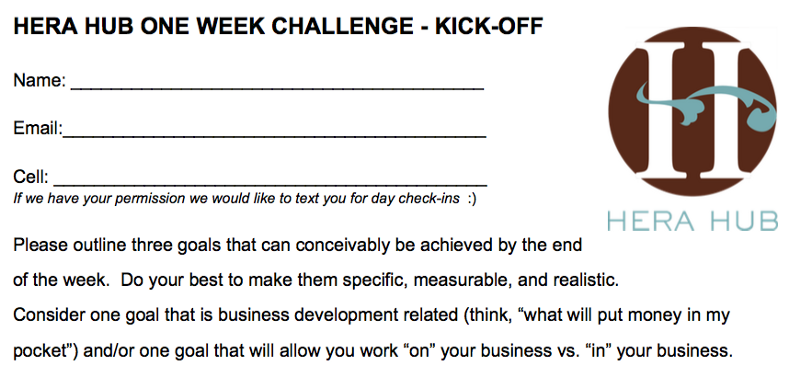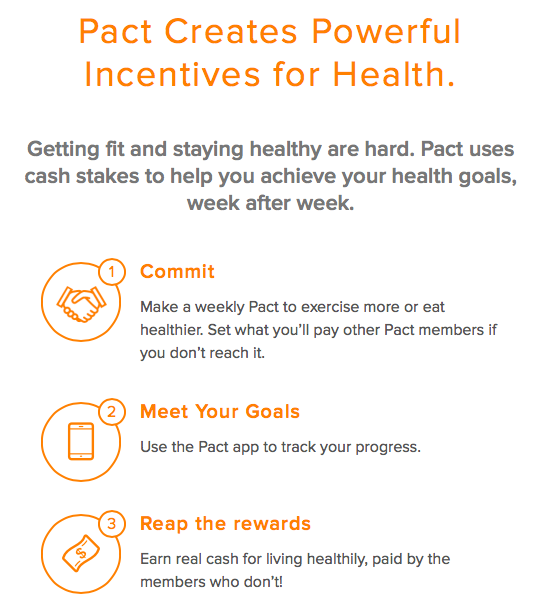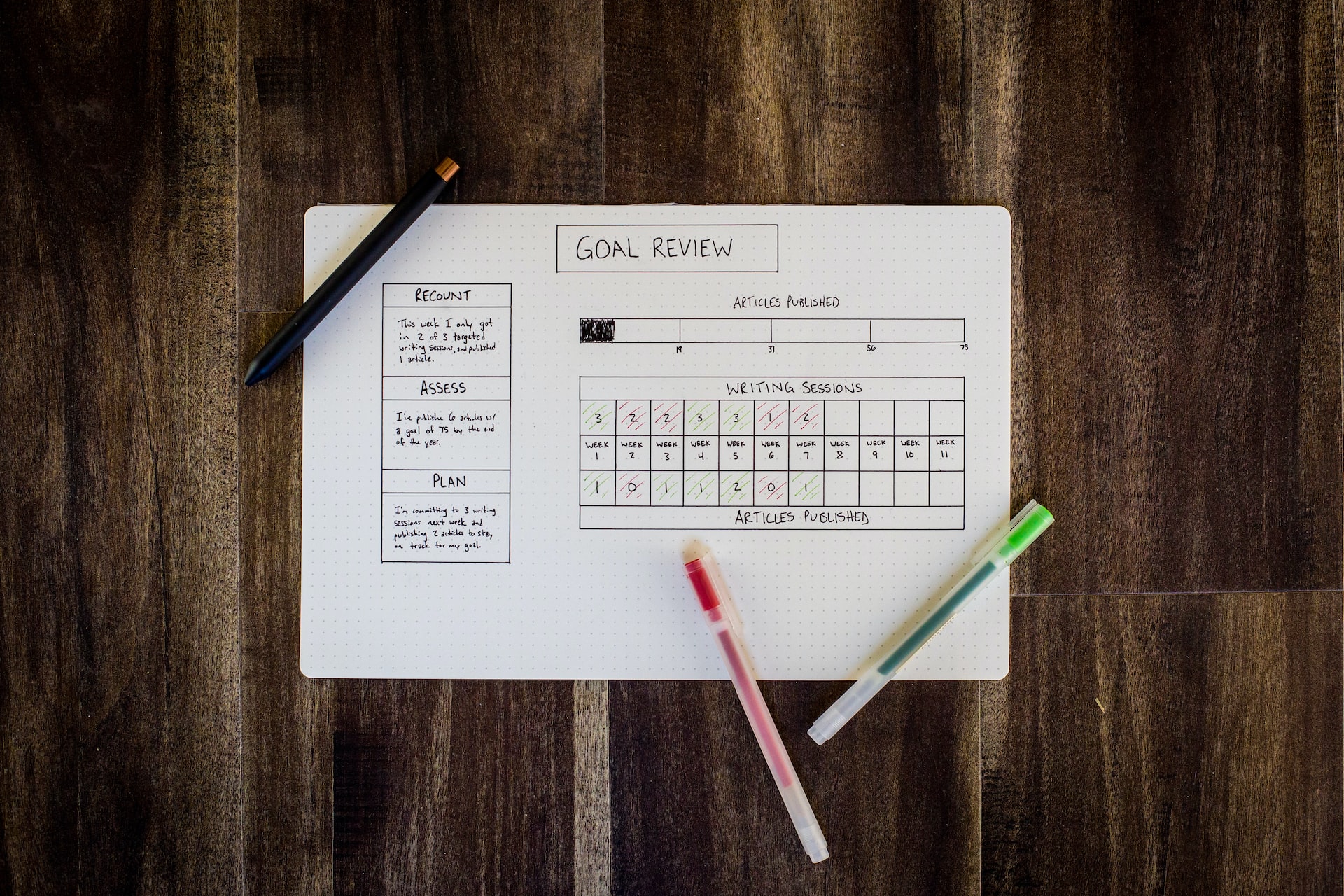We all struggle with our goals, whether it’s to eat healthier, work out more often, or be more productive at work. After all, there are just so many temptations that get in the way: that piece of chocolate looks too delicious, the new episode of Game of Thrones is more appealing than working out, and your “quick” check of Facebook at work somehow just turned into 20 minutes. So what’s the solution?
Try a commitment device: it’s a way of locking yourself into a desired behavior that you might not otherwise do. The key is to build in the commitment in advance when you’re in what psychologists call a “cold” state (rational). For example, my client Ian puts on his workout clothes in the morning before he is tired from a day’s work. That way, after work, even though he might not be motivated, he’d feel silly not going to the gym after wearing workout attire all day.
How to Build Your Own Commitment Device
-
Focus on Action, Not Outcome
Sure, your big-picture objective might be to lose weight. The problem is that this is an outcome, not a behavior…so build your commitment device on the behaviors or actions you want to increase. So instead of 10 pounds, it could be: eat a salad for lunch, run three times a week, or drink only water.
-
Share Your Goal with Others (Make It Public)
There’s nothing like peer pressure to hold you accountable and keep you motivated. Last week my coworking space, Hera Hub, launched a week-long challenge that included a commitment device: on day one we all had to share 3 specific goals with the group. We knew that at the end of the week, we’d all meet again and have to update everyone on what we’d accomplished. “Knowing that others are aware of their goals and share in their successes helps our members to stay on track and complete their projects!” says Janelle Doll, Director of Operations at Hera Hub. Guess what: one of my goals was to write this post…and here we are!


Have something to lose if you don’t complete your goal, rather than having something to gain if you do. Gym Pact is a great example of this sort of product. Once you commit to your goals (e.g. work out 3 times a week), you have to pay money if you don’t do so.
-
Relinquish Control to Someone Else
Similarly, it’s best if you aren’t the one who controls the reward or punishment. This removes the temptation to cheat.
-
Use a Powerful and Personal Incentive
For me, the Hera Hub One Week Challenge worked well because I pride myself on upholding my commitments. If I’ve stated I’m going to do something, especially in a business context, it would practically kill me to fail to do so. So figure out what you really care about. My sister Jacqueline, who doesn’t drive, once asked me how to stay on track with practicing to drive. (Somehow, when the time for it came, other fun things would always come up instead). Knowing that she is a die-hard liberal, I suggested that she give me money that I would donate to the NRA on her behalf if she did not meet her goal of practicing to drive twice a week. While she called me insane and completely balked at the idea,…she still doesn’t drive. Hmmm.
How to Use Commitment Devices in Your Business
If you’re a business owner or product manager, there are ways to build in commitment devices into your business. My client Christine, a serial entrepreneur extraordinaire, announces her launch dates far in advance. They are always extremely aggressive, but once the information is out there, she is super motivated to prove to everyone that it IS possible to launch a new business so quickly.
My friend Trevor, also an entrepreneur, uses pre-sales as a commitment device for himself. Once he has pre-sold his product (before he has even built it), he is forced to make sure he delivers on that timeline.
Alternately, you can use the concept of commitment devices directly with your customers. This is particularly important if your product is in the helpful-in-the-long-run-but-not-sexy-or-alluring-right now (financial services, health, etc). The key here is to get your customers to commit to something while they are in a “cold” state.
Last, pay attention to the wording that you’re using. One of my clients in the health & beauty industry sends a reminder to her clients about upcoming appointments and asks them to confirm. However, instead of “confirm your appointment,” the button says, “I will show up.” It’s a subtle difference but it’s a lot harder to flake after you’ve specifically said, “I will show up.”
So, what commitment device are you going to try out?
Originally published at behaviorly.com on May 25, 2015.
